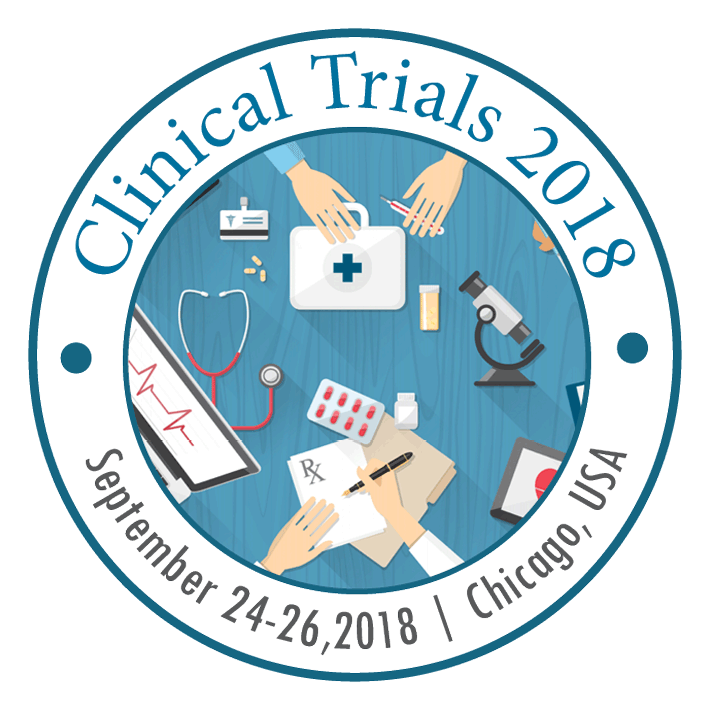
Prakash V Diwan
National Institute of Pharmaceutical Education and Research, India
Title: Wonders and worries of nanotechnology in healthcare
Biography
Biography: Prakash V Diwan
Abstract
From science fiction to reality: Nano medicine Brings fresh hope to the medical world. Nanomedicine is an offshoot of nanotechnologies. Medical applications, dominate today's market, with sales of $19.1 billion. Emerging nanomedicine technologies could dramatically transform medical science today with their potential to address unmet medical needs and provide targeted therapy. Nanomedicine can offer impressive resolutions for various life-threatening diseases including effective drug delivery systems, drug discovery, and development, medical diagnosis, and devices. The advent of nanomedicine and techniques for the early diagnosis of diseases could usher in a new era of superior prophylactic or preventive medicine. By using preventive medicine, treatment for diseases could be initiated even before preliminary symptoms appear.
Medical Advantages
Nanotechnology has the potential to bring major advances in medicine.
Nanobots could be sent into a patient's arteries to clear away blockages.
Surgeries could become much faster and more accurate.
Injuries could be repaired cell-by-cell.
It may even become possible to heal genetic conditions by fixing the damaged genes. Cancer treatment, drug delivery, drug development, medical tools diagnostic tests, imaging
Novel drug delivery systems of herbal drugs using nanotechnology: Have a potential future
Nanomedicine technology faces biggest challenges such as scalability. This perceived difficulty is attributed to the fact that manufacturing standards for nanomaterials and components are yet to evolve. Therefore, there is an urgent need for standardized manufacturing techniques; only then can nanotechnology become ubiquitous in everyday applications. Furthermore, since the characteristics of nanoscale matter are very different owing to their unique nature, there is a need for appropriate quality control measures. Concerns about the potential ill effects of engineered nanomaterials such as nanotubes through inhalation, ingestion, or absorption through the skin are increasing.
Challenges
The exact usage and quality of materials? strategy,
Research is motivated by immediate profits, more concentration on commercial products,
Are nanotechnology inventions required by the society?
What about nanotoxicity? Are products commercially viable?
In the longer term, perhaps 10–20 years from today, the earliest molecular machine systems and nanorobots may join the medical armamentarium, finally giving physicians the most potent tools imaginable to conquer human disease, ill-health, and aging.

